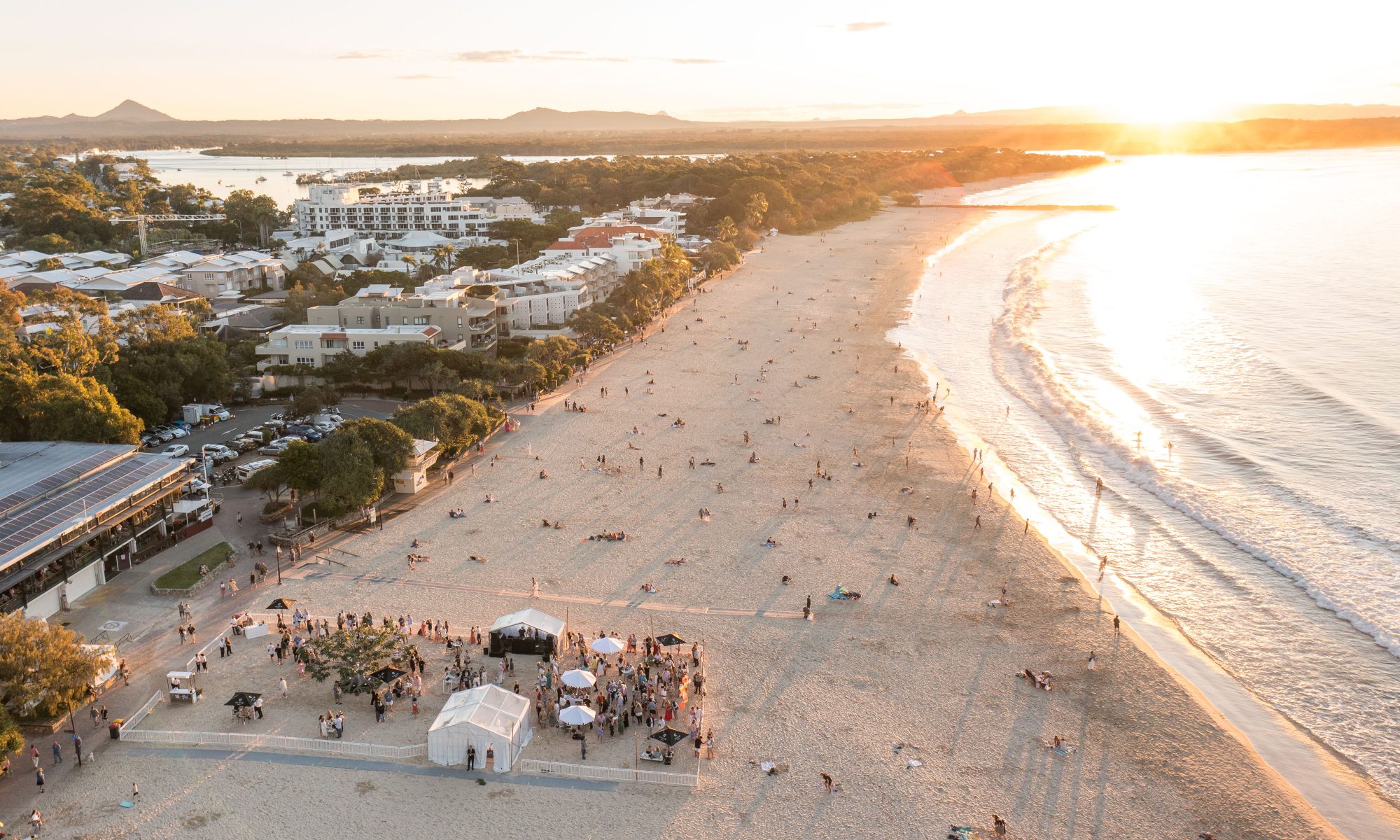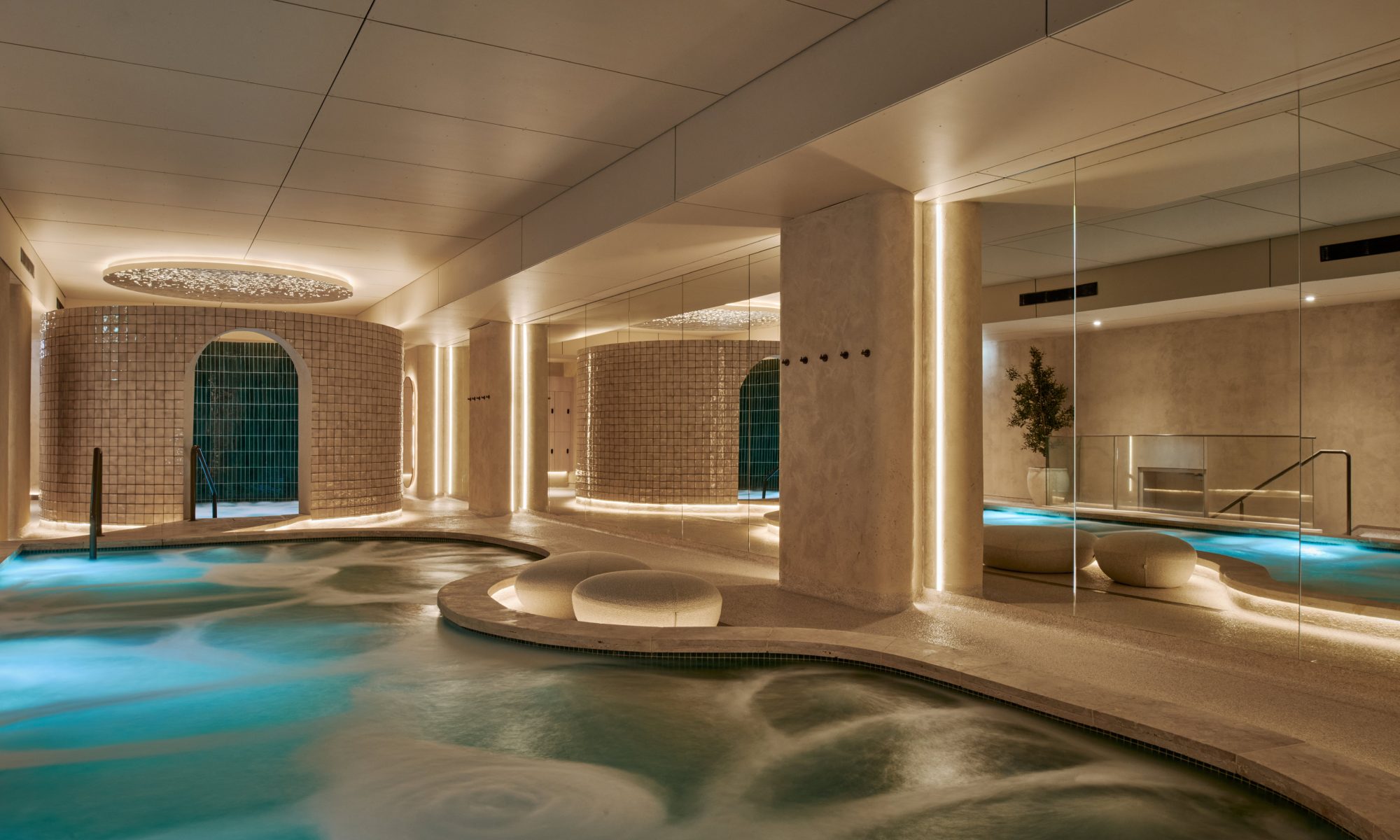Japanese Watch Brand Credor Unveils a Gérald Genta–Designed Timepiece
On a rainy afternoon in Paris last month, Evelyne Genta, whose late husband, Gerald Genta, designed some of the Swiss watch industry’s best-selling timepieces, looked down at the Japanese-made watch on her left wrist—an unusual hexagonal timepiece named the Locomotive—and remarked on how pleasant the model, which Mr. Genta designed in 1979 for Grand Seiko’s sibling brand Credor, felt to the touch.
“It’s not stiff,” she said. “And that’s important. Gerald was always very keen that the watch should be something you like to do this with.” She paused to run her fingers along the bracelet. “It’s a watch that you wear.”
The couple’s 35-year-old daughter Alexia, who runs the Gérald Genta Heritage Association, sat across from her mother wearing an identical timepiece. “We’re always matching in the end,” Alexia said with a laugh. “We’re like walking advertisements.”
Last year, on the occasion of Credor’s 50th anniversary, the brand reintroduced the Locomotive as a limited edition of 300 pieces encased in high-intensity titanium. This month, it unveiled a $12,500 regular production model that features a new honeycomb-like dial designed to evoke the green signal light of a train. Depending on the light, the hexagonal pattern appears to shimmer, changing hues from forest to grass green.
For the next hour, the women, who are both based in London, sat on the second level of the Grand Seiko flagship boutique tucked into the northwest corner of Place Vendôme, and gamely answered questions about Mr. Genta’s work with Credor, his love for Japanese culture, and the French slang expression that inspired the name and the ethos of the Locomotive—one of Credor’s first sporty designs. (“My husband didn’t name many watches, but he named this one,” Evelyne said. “In those days, when you had a record that was famous, it became a ‘locomotive.’ It was about the force, the drive, the pull.”)

“The Locomotive, of course, is an iconic model representing this freedom,” he added. “And that’s why, three years ago, I made a decision to fly from Tokyo to London to meet with Madame Genta to ask her permission for us to relaunch this beautiful design. This is for us the first step to make Credor another global luxury watch brand from Japan. I think we are on our way. And Locomotive is the engine to accelerate that path.”
Credor’s renewed focus on the Locomotive, which is visually similar to the one Genta designed in 1979, except for the fact that its 38.8 mm case diameter is 1 mm larger than the steel-cased original, comes at the same time the brand’s distribution is widening. For the first time, Credor watches are now available for purchase outside of Japan, although with just five points of sale—including Grand Seiko’s flagship boutiques in Paris and New York City—capacity is still quite limited.
It’s easy to imagine that interest in the model, among both Grand Seiko fans and Genta devotees, will inspire more people to explore the legendary designer’s history with Credor. And yet the brand wasn’t his entrée into Japanese watchmaking; rather, it was his friendship with Seiko executive Reijiro Hattori—at a time when Japanese quartz technology was all but decimating the Swiss mechanical watch industry—that paved the way for his work on the Locomotive.
“My husband went to Japan and very quickly met Mr. Hattori and started working with Seiko,” Evelyne said. “And he developed a great personal rapport with Mr. Hattori. He started designing for Seiko, but the Swiss watch industry didn’t react very well to that. Because in those days, the Japanese in the watch industry were seen as the enemy. But Gerald had no problem with that. He felt like there was space for everybody.”
She said that Hattori was pivotal in her husband’s evolution as a designer because after seeing some of his personal watch designs, the Seiko executive encouraged her husband to promote his own name on his watches—something the Swiss would never have done.
“And Gerald, for the first time, put his name on the dial,” Evelyne said. “So really, this is why the link with Seiko is not just a link. There’s a deep story behind it. It was a turning point, really, because afterwards, he becomes well known and everything, and it seems normal [to have his name on the dials]. But at the beginning, he kept saying to me, ‘I wouldn’t have dared to put my name on a watch.’”

Genta’s work with Credor also reflected another personal truth: “He was passionate about Japan,” Evelyne said. “He loved their attention to details. A garden in Japan is not an English garden, is it? The sand is all raked and everything. He would spend hours watching that.”
Genta even designed watches inspired by Samurai belts. “One day, he woke up and he decided to design them,” Evelyne said. “I think there are six or seven of them. He never showed them to anybody. He’d wake up and think, ‘I love samurais. I don’t know why.’ But that’s the artist—there was always so much passion.”
Alexia said her father loved going to Japan “because it was probably the country that was the most outspoken about their appreciation of him,” she said.
That prompted a memory of a difficult encounter with him when she was about 14 years old, and the family was living in London. “Every time he’d come back from Japan, he would remind me that over there, they would call him ‘Maestro,” Alexia said. “And one day he told me in all seriousness, ‘You can no longer call me Dad. You must call me Maestro.’ You can imagine how that went down!”
Now, thanks to Credor, the Gentas’ long and rich history with Japan is on the cusp of a new era.
“This is an enduring friendship, a friendship that started a long time ago between a gentleman called Mr. Hattori and Mr. Genta,” Evelyne said in her closing remarks at the Ritz dinner. “And I think it’s just the beginning of the Locomotive as well. We’ve been very touched by the way you respected Gerald’s DNA and how you’ve, in a way, included him in everything. The first time Mr. Naito came to me with this project, it took me all of five minutes to say, ‘We’re in.’ And it’s allowed my daughter to discover Japan. And now the whole family is involved.”
She paused to raise her glass. “I would like to drink not to the success of the Locomotive, but to the friendship,” she said. And with that, a round of cheers, santés, and kanpais erupted around the table.











































